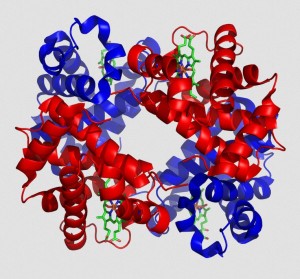
Are there similarities between the plant and animal world, for instance, between hemoglobin and chlorophyll?
In nature, one can expect many parallels. Many animals have four feet. There are apes, lions, camels, and tortoises. Are all these related? Not really. Again, nearly all animals have two eyes in their head. Is there significance beyond the fact that this enables stereoscopic vision along an excellent line-of-sight?
And so we come to the two substances most closely associated with life processes: the chlorophyll of plant life and the hemoglobin of animal life. Chlorophyll produces the food plants need for survival. Hemoglobin carries nutrients and oxygen essential to animal life. Although animals and plants are different, there are interesting parallels to be seen in the central core of these two substances.
Hemoglobin and Chlorophyll: A Central Metal Atom
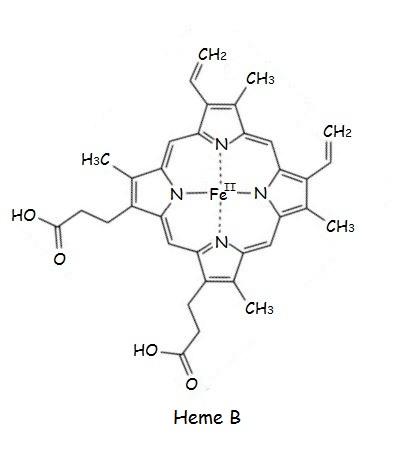
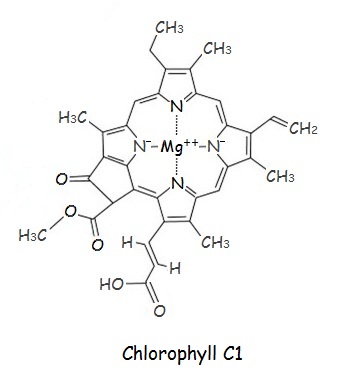
Green chlorophyll possesses a central metallic magnesium atom, symbol Mg. Red hemoglobin likewise possesses a central metallic atom – this time iron, symbol Fe.
In both cases, the metal atoms are encircled by a structure including four nitrogen atoms. Also the metal atoms have valence +2.
Four Pyrrole Rings
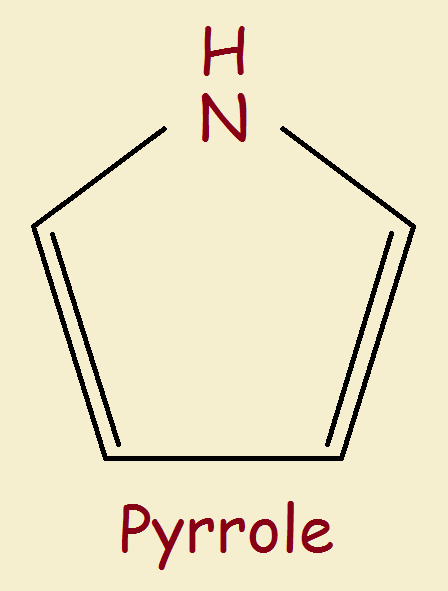
Both heme and chlorophyll possess four pyrrole rings. Pyrrole is a 5-member ring consisting of four carbon atoms and one nitrogen atom with two double bonds in each ring. But there is a difference in one of the pyrrole rings of chlorophyll. That ring possesses only one double bond.
An Unsaturated Outer Ring
Now notice that both the magnesium atom of chlorophyll and the iron atom of hemoglobin lie at the center of a large conjugated (alternating single and double-bonded) ring structure of 20 connected carbon atoms incorporating some of the carbon atoms of each of the pyrrole rings.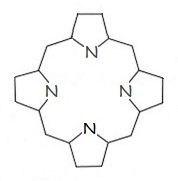
Reflections
Thus hemoglobin and chlorophyll bear a number similarities. This might have been anticipated, since both substances play a key role in the handling of oxygen and carbon dioxide. Primarily animals consume oxygen and release carbon dioxide, whereas primarily plants consume carbon dioxide and release oxygen. Still, the same substances are handled by both organism types.
Note: You might also enjoy Terpenes and Terpenoids: Isoprene Rule
Additional Reading:
- National Institutes of Health: Structure-function relations of human hemoglobins
- Wiley Online Library: Chlorophyll Structure and Function

Everything is connected in some way.
Thank you for the explanation of hemoglobin and chlorophyll molecules. Great explanation for middle school kids to understand. Science can be inspirational.